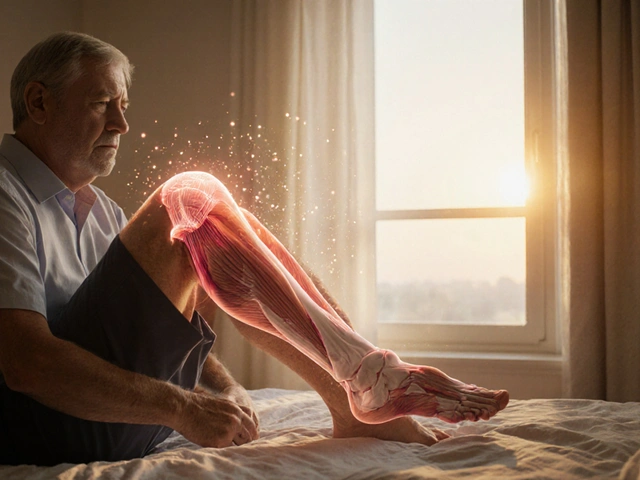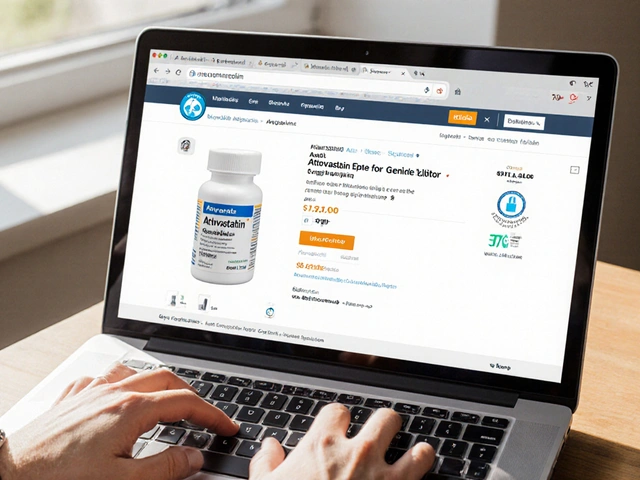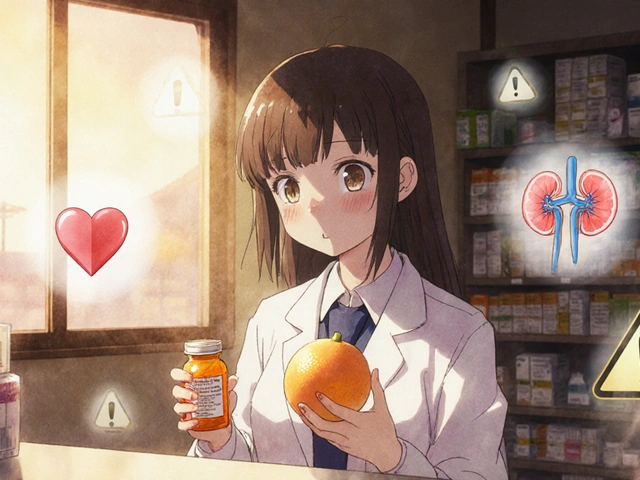Bleeding Disorders: What They Are and How to Manage Them
If you or someone you know bruises easily, gums bleed after brushing, or a small cut won’t stop bleeding, a bleeding disorder could be behind it. These conditions affect the way your blood clots, so even minor injuries can turn into bigger problems. The good news? Most disorders have clear tests and effective treatments, so you can stay active and safe.
Common Types and Their Signs
There are several bleeding disorders, but the most talked‑about are hemophilia and von Willebrand disease. Hemophilia A and B involve missing or low clotting factors VIII and IX; people with severe hemophilia may bleed into joints after a simple bump. Von Willebrand disease is more common and messes with a protein that helps platelets stick together, leading to frequent nosebleeds, heavy periods, or easy bruising.
Other conditions include platelet function disorders (like Glanzmann’s thrombasthenia), rare factor deficiencies, and acquired issues caused by medications such as blood thinners. Typical red‑flag signs are:
- Unexplained bruises that are larger than expected
- Bleeding that lasts longer than 10 minutes after a cut
- Joint swelling without injury (possible internal bleeding)
- Excessive bleeding after dental work or surgery
- Heavy or prolonged menstrual bleeding
If you notice a pattern, it’s worth getting blood tests that measure clotting factor levels and platelet activity. Early diagnosis helps you avoid complications and plan appropriate care.
Treatment and Everyday Tips
Treatment depends on the specific disorder. For hemophilia, replacement therapy—infusing the missing factor VIII or IX—keeps bleeding under control. Some people use long‑acting versions that need fewer shots. Von Willebrand disease often responds to desmopressin, a medication that temporarily boosts the missing protein.
When you’re on prescribed clotting factor concentrates, keep a log of doses, reactions, and any bleeding episodes. This record makes it easier for your doctor to adjust the regimen.
Beyond medicines, a few lifestyle tweaks can reduce bleeding risk:
- Wear protective gear for high‑impact sports; consider low‑impact activities like swimming or cycling if you have severe hemophilia.
- Use a soft toothbrush, and rinse with a gentle mouthwash to limit gum bleeding.
- Maintain a balanced diet rich in vitamin C and K, which support vessel health.
- Avoid medications that thin the blood unless prescribed—over‑the‑counter NSAIDs (ibuprofen, naproxen) can worsen bleeding.
- Inform dental and medical professionals about your condition before any procedure.
In emergencies, applying firm pressure for at least 10 minutes often stops bleeding. If it doesn’t, seek immediate medical help; having a bleeding‑disorder card with your factor levels can speed up treatment.
Living with a bleeding disorder means staying aware of your body and having a solid plan with your healthcare team. With modern therapies and simple daily habits, most people lead normal, active lives. If you think you might have a bleeding issue, talk to a doctor today—early action makes all the difference.

Blood Clotting Disorders: Symptoms, Causes, Types, and Treatment Options
- By : Archer Hamilton
- Date : May 13 2025
Ever wonder why a tiny cut sometimes bleeds more than it should, or why some people have dangerous clots form inside their bodies? Blood clotting disorders are a tricky group of conditions that can turn the body’s natural defense system into a health risk. From bruising easily to life-threatening strokes, the signs aren’t always obvious. This article breaks down the different types, what to look out for, and the newest treatments that could make a huge difference in someone's life. Read on for real-life facts, actionable tips, and everything you need to know about staying safe if you or someone you love has a clotting problem.





